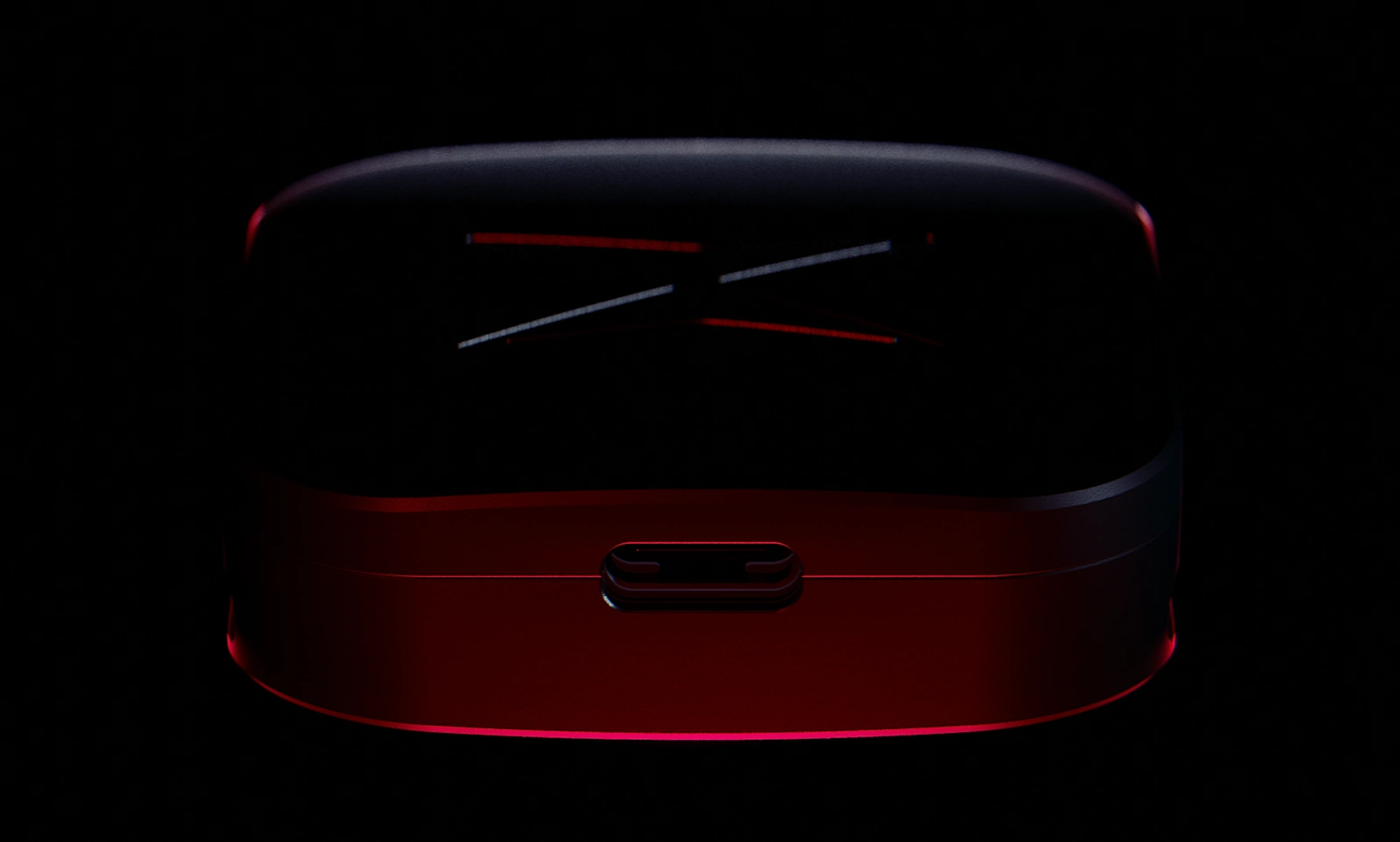
StonX CBT - Cookie Body Tracking
April 28, 2023
After working on this for nearly 3 years, we’re finally letting go of StonX CBT and selling all the R&D and IP for this project. As you can imagine this is both a difficult and big decision we’ve had to make due to a number of factors.
The early days
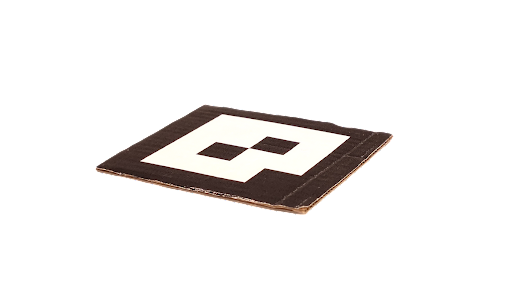
StonX started as a simple thought. “Vive trackers are so expensive, how hard can it be to make my own FBT?” The answer to that question btw, turned out to be very hard. It was late summer of 2020 and covid-19 was keeping everyone inside making social VR really boom. Ronja Bill Månsson, an at the time student at Teknikcollege Söderslättsgymnasiet, started coding away at his computer to make his webcam track a piece of printed paper looking very similar to a QR code. This allowed both rotation and position to be calculated in real-time, however, was incredibly unreliable and had horrible rotation accuracy.
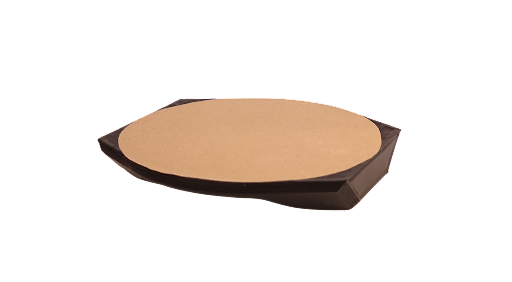
He would later move on to using retroreflective circles, settling on this as it was way more compact than spheres and retroreflective because it made it very reliable to track and easy to ignore any noise. After multiple iterations, the design settled on a 10cm diameter disc, identifying each disc by their different colors. It was also somewhere along this time it became a UF company. A UF company is essentially a youth mock company meant to teach entrepreneurship, where you make real products and services to sell to customers.
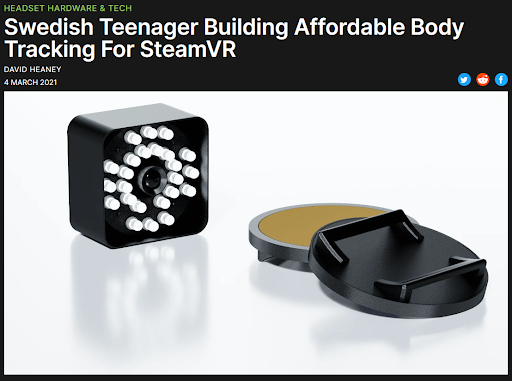
After working on the project for some time iterating on the hardware and improving the tracking computer vision algorithm, UploadVR writes an article about the project and it goes absolutely viral causing a massive surge of interested people on the previously pretty small discord server. Unfortunately for the financials of this company, it came to haunt us going viral this early in development, more on that later.
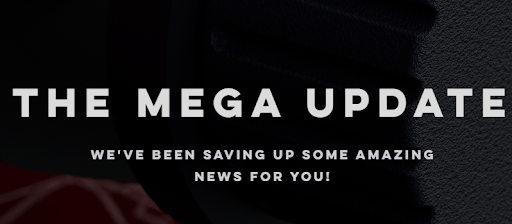
After some initial experimentation with combining multiple beacons, smaller spherical retroreflectors, and IMUs, the path of the development for the first time made a more major shift. Around the same time, board members of Geektech AB another Swedish consumer VR company got involved and provided funding and workforce in return for creating StonX AB and partial ownership. Geektech AB is more known as Mamut VR their brand name. Some time after Oscar Melander Forslind, a relative of Ronja was, pulled into the project after needing more expertise in ECAD.
StonX AB
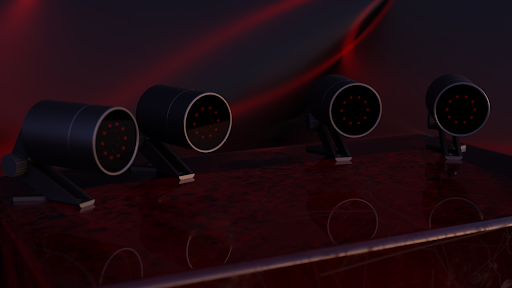
The original “DK1 Beacon” got announced to be canceled and with it, the new multi-beacon + retroreflective trackers with IMU got announced. (The IMU part would be revealed at a later date) This deviated quite a bit from the original €60 solution with a simple camera and flat retroreflectors striving to make good enough Full Body Tracking for incredibly cheap. Ultimately we judged that it would be better to make something midrange priced with the performance of high-end, than to have a low-end price with potato performance. It would provide a more optimal bang for buck.
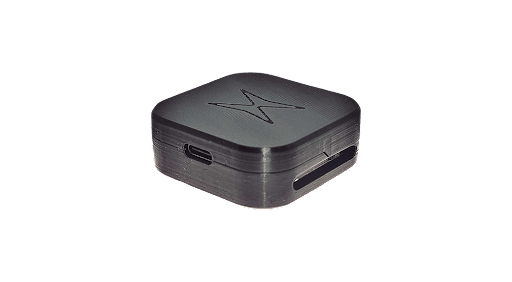
Purily IMU based Full Body Tracking was something we wanted to avoid at all costs after seeing the early performance of systems like SlimeVR, but eventually a video of Xsens a professional grade mocap system purely based on IMUs got into the attention of Ronja, and after seeing how good it could become it was decided we would full focus on pure IMU tracking, due to the inside-out compatible nature of it and convenience, with the goal of achieving similar tracking performance to something like Xsens.
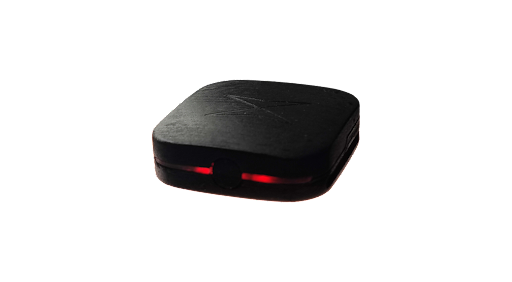
After developing the pure IMU tracking for roughly one and a half years, it was finally ready to be launched as a crowdfunding campaign. Then tension was high and while the first couple of hours went really well, it stood incredibly still for the entire rest of the campaign. Press releases were sent to major VR and tech papers, but none were interested in writing about the project. Review kits were also out there, but due to unfortunate circumstances, only two out of four reviews were even made with one of them being delayed multiple times. All of this in combination led to the failure of actually being able to reach out to the market and potential buyers. As the crowdfunding came to a close being only 13% funded, all backers were refunded.
Here we are today, having spent the entire funding on R&D of a really capable FBT solution that can’t be manufactured due to the now lack of funding. While this means the liquidity in the company should be rather high, it also means that liquidity is not available in the form of money, but in assets. We have people on the team with kids to feed and we have a business to run and keep running at that, we decided we need to sell our R&D assets, including algorithms, code, CADs, ECADs, financial budgeting and documentation. This is the best way for us to convert our liquidity into money ASAP and keep being able to run a business, which we really hope can bring some really cool VR products in the future, with the sale of assets today.
VIDEOS

